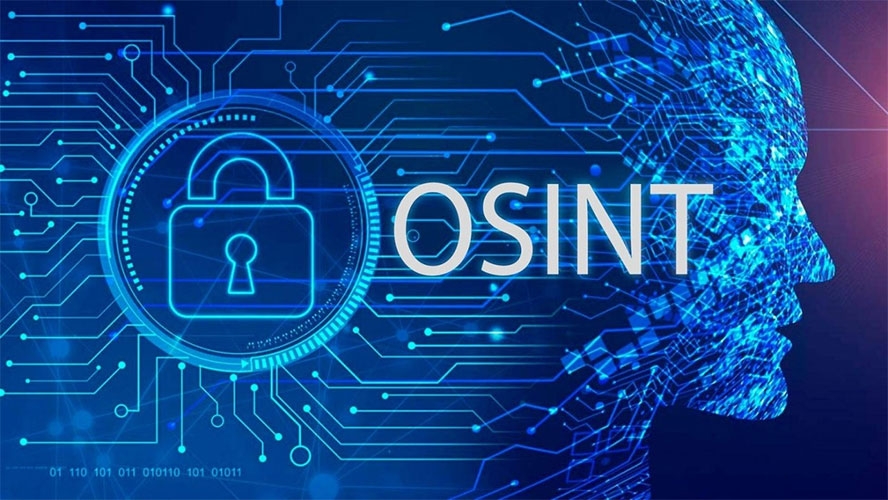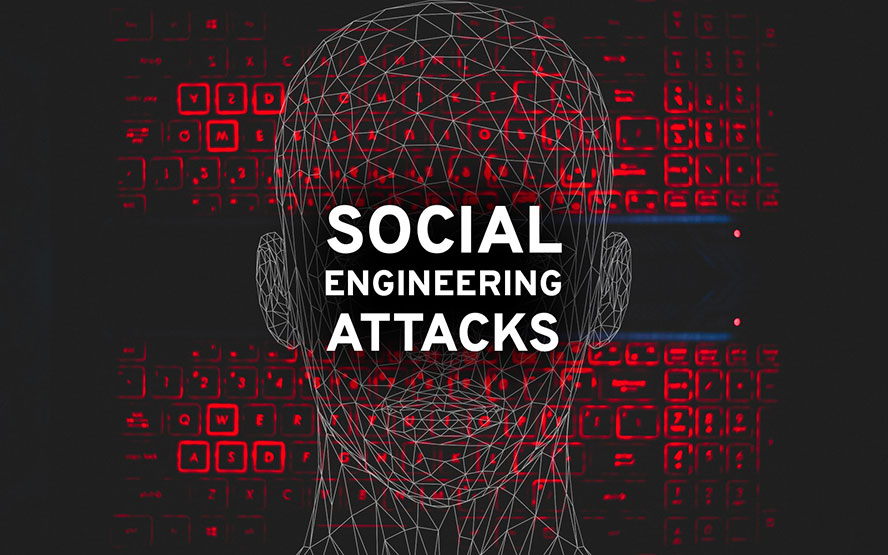Social engineering attacks have emerged as a dominant method for cyber fraudsters to penetrate organizations.
These deceptive attacks unfold typically in four stages:
The initial phase is crucial - lacking accurate information hampers the execution of a precise social engineering attack.
How do attackers amass details about their targets? Cybercriminals have five intelligence sources to collect and scrutinize information about their targets, which are:

1. OSINT (Open-Source Intelligence): Hackers employ OSINT to harvest and evaluate information that’s publicly accessible about companies and individuals. Using OSINT tools, adversaries can uncover details about a target’s IT and security setup; assets vulnerable to attack like open ports and email IDs; IP addresses; flaws in websites, servers, and IoT devices; and compromised or leaked credentials. This information is then used to mount social engineering attacks.
2. SOCMINT (Social Media Intelligence): While SOCMINT falls under OSINT, it warrants separate attention. Individuals often share personal and professional information on social media platforms, including photos, interests, family, acquaintances, residence, workplace, and job roles. Tools like Social Analyzer and NameCheckup.com enable attackers to sift through social media activities and craft personalized social engineering traps.
3. ADINT (Advertising Intelligence): Consider an instance where you install a free chess application on your smartphone. The app displays location-specific ads, informing users about local chess players and events. When these ads appear, the app conveys user details to the ad exchange service, such as IP addresses, operating system type, mobile carrier name, screen resolution, and GPS coordinates. Ad exchanges typically use this data to tailor ads to user preferences and locations. However, they also sell this data, which can end up in the hands of malicious actors or unauthorized governments.
4. DARKINT (Dark Web Intelligence): The Dark Web operates as a clandestine marketplace dealing in corporate espionage, ransomware kits, narcotics, weapons, human trafficking, and more. Billions of stolen records, including personal identification, health records, financial transactions, corporate data, and compromised credentials, are traded. Threat actors can buy ready-made data for their social engineering plots or hire experts to conduct social engineering or uncover hidden organizational weaknesses.

5. AI-INT (AI Intelligence): With the evolution of generative AI technologies like Google Gemini and ChatGPT, it’s conceivable that cybercriminals might utilize AI to mine, assimilate, process, and filter target information. Malicious AI-powered tools reported on Dark Web forums, such as FraudGPT and WormGPT, can drastically cut down the research time for social engineers, providing them with actionable data for their schemes.

The fundamental cause of social engineering attacks is the mishandling of information. By minimizing information exposure, businesses and their employees can significantly reduce the risk of such attacks. Here’s what they can do:
Effective cybersecurity starts with addressing the root causes. Since social engineering and poor judgment are behind most cyberattacks, organizations should focus on reducing information exposure and shaping human behavior through training and education. Focusing on these areas can substantially diminish the threat level and the potential repercussions of such exposure.
Authored by -
Amit Kumar Singh

As global election systems brace for the 2024 cycle, they face unprecedented threats from advancing AI technologies and escalating cybersecurity risks.
Learn More
In the digital age, social media has ascended as the paramount platform for individuals to disseminate opinions, amplify concerns, polarize communities, and craft propaganda.
Learn More
Social engineering attacks have emerged as a dominant method for cyber fraudsters to penetrate organizations.
Learn More
The banking, financial services, and insurance (BFSI) industries are undergoing a significant and rapid change driven by digitalization. This revolution is essential as organizations respond to evolving customer expectations, the need for superior business results, and increasing regulatory requirements.
Learn More
The World is growing at a rapid pace, and with that, advancements in information and communication technology are moving at a breakneck speed. In today's digital age, where information flows freely across the internet, the realm of law enforcement has undergone a unique transformation.
Learn More